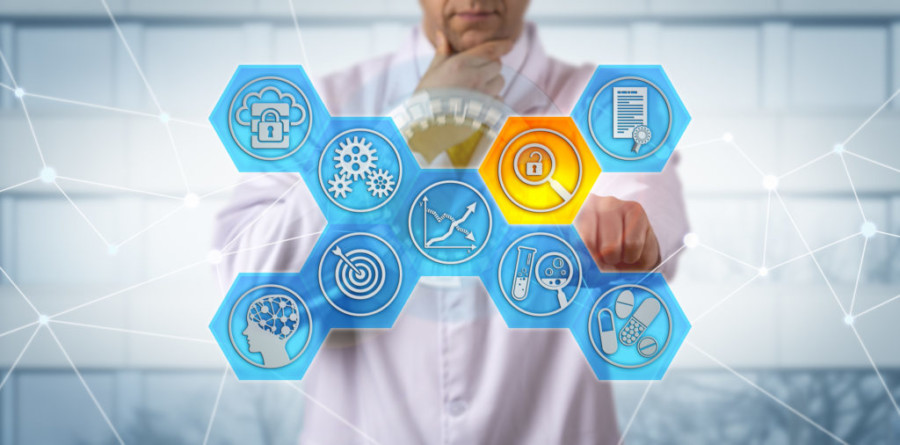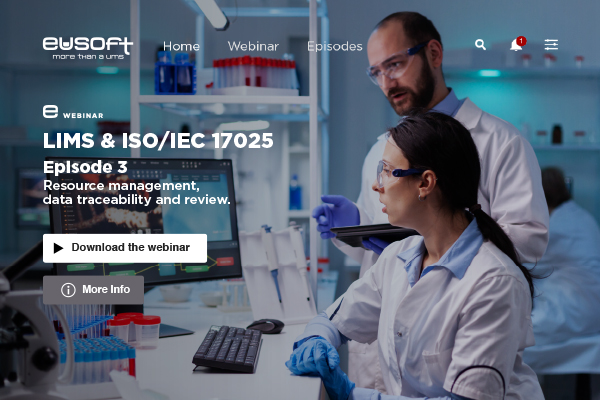According to the FDA Glossary of Computer Systems Software Development Terminology, data integrity is the degree to which a collection of data is complete, consistent and accurate. Data integrity is an area of increasing priority in today’s laboratory world and “the focus area” when it comes to regulatory compliances.
There are prerequisites to ensuring data integrity in lab operations. First, any and all data must be saved and stored properly and in their original form. Technicians should not enter data into a computerized system, then copy the data on paper, unless systems are in place to verify and store all of that data properly. Any data that have been entered manually must be checked and verified by another person. In addition, access to software and passwords should be available to one person at a time, and not issued to groups of technicians. Another important point is to ensure that the right level of data access is given to people on staff, so that nobody can change results that have already been recorded.
However, advances in data management, and specifically the move to integrated informatics systems, have made it easier for companies to ensure the integrity of their data. For example, laboratory equipment can be connected directly into a laboratory information management system (LIMS) to ensure that the correct data are recorded and cannot be tampered with.
In addition, in a paper-based lab it may be possible to miss if your equipment is due for maintenance or calibration. If you carried out tests using this equipment you would have to go back and validate the data that was generated, or perform additional tests to justify that the system was suitable, not to mention that you will have to document the event in an investigation and determine corrective and preventive actions.
A LIMS solution can prevent that by ensuring that samples are only sent or assigned to instruments that have been correctly calibrated and maintained, and also by managing maintenance scheduling. Similarly, LIMS platforms can be configured to assign work only to those analysts who are qualified to do that work.
The best way to ensure data integrity within a regulated laboratory is to work electronically and eliminate paper as much as possible. This allows for a more efficient laboratory as well as software applications, enforcing the correct ways to work alongside regulatory compliance to ensure data integrity.




